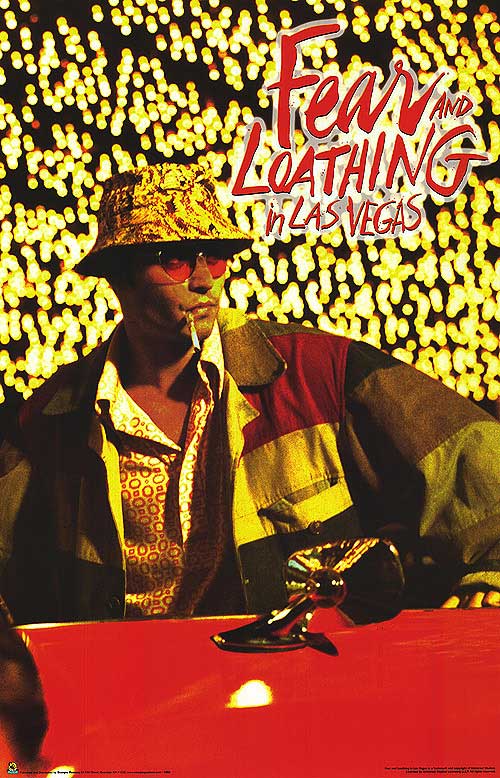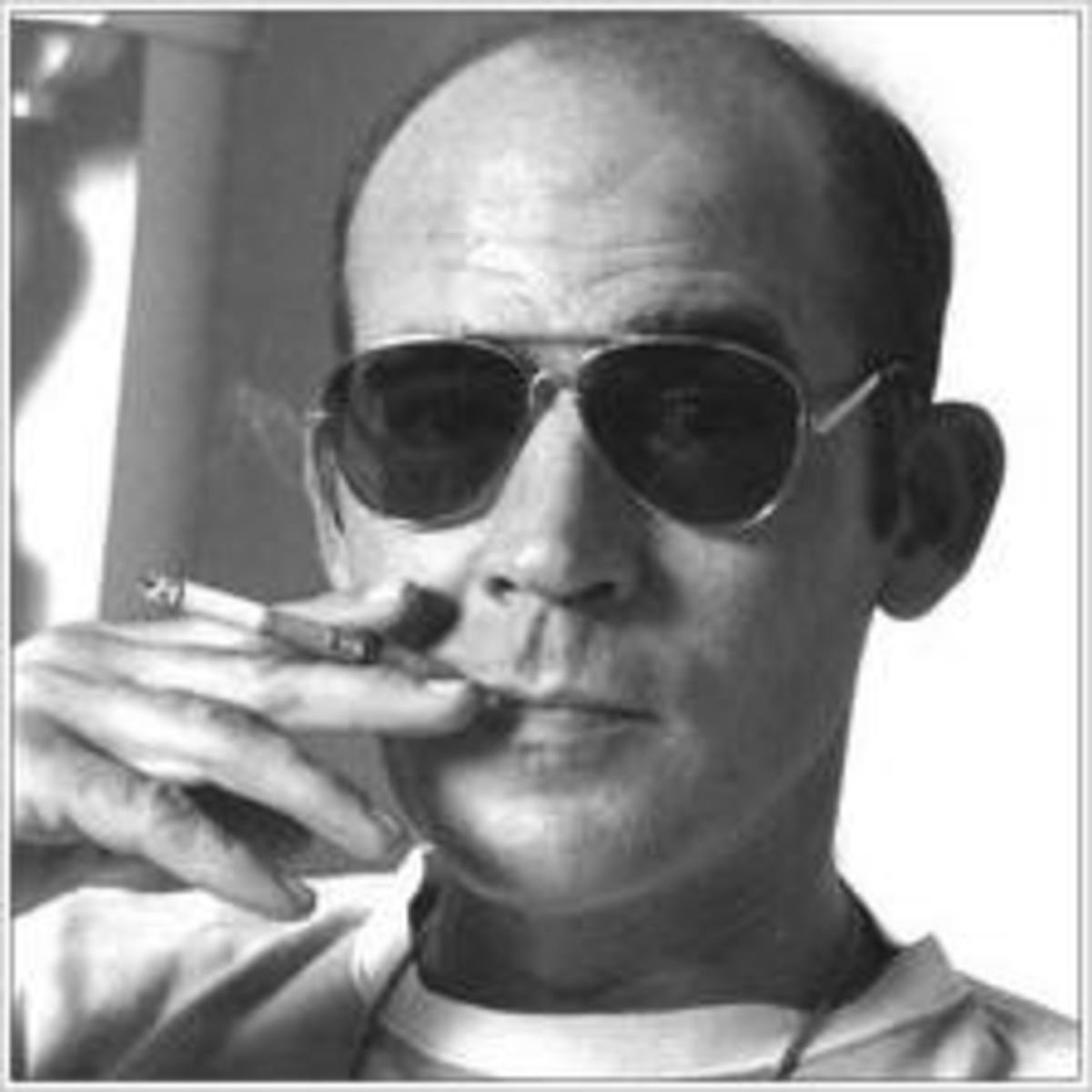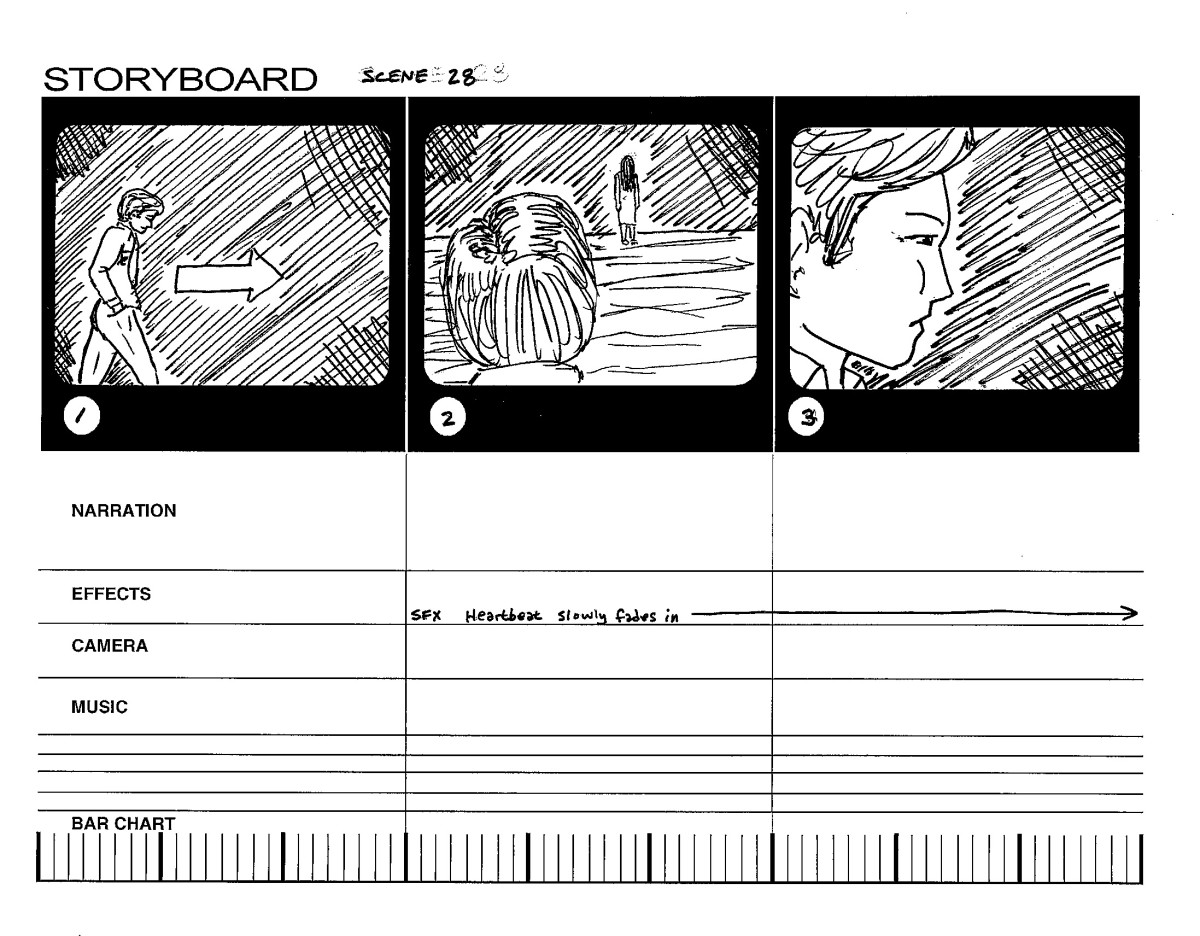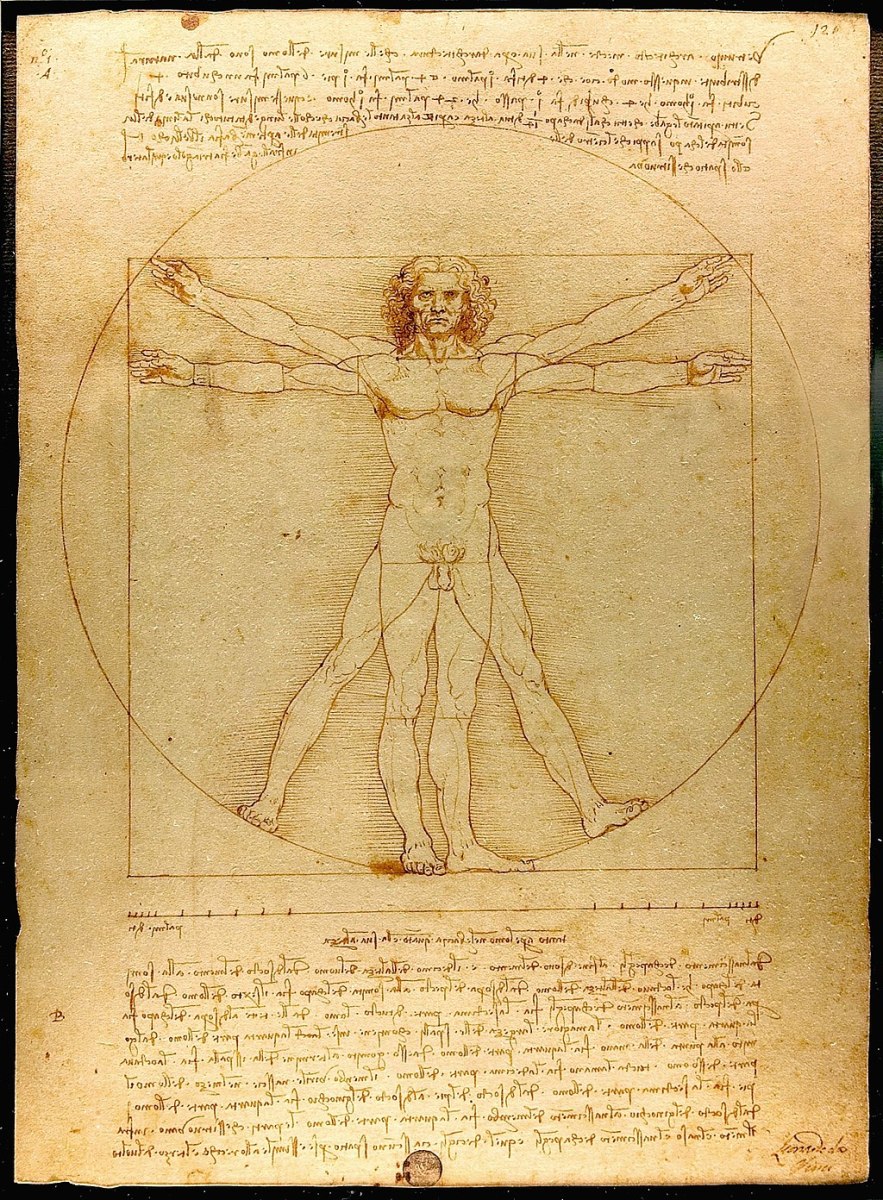"Hotel on Acid" in "Fear and Loathing"

“Film as dream, film as music. No art passes our conscience in the way film does, and goes directly to our feelings, deep down into the dark rooms of our souls”, Ingmar Bergman. Film is a unique art form, in which it enables the audience to become engaged emotionally and sometimes on a very personal level. Regardless whether a film is based on reality or derived from the imaginations of the creators; is a drama or a comedy, certain emotional responses will develop within the audience. This is why many individuals seek out particular genres in film, because they are searching to experience a particular emotion or mood. For instance, some individuals prefer Science Fiction (Sci Fi) or Fantasy, which offers an escape from the viewer’s real world. Films such as these provide a welcome break from the very real stressors within an individual’s life, by experiencing another reality unlike their own, if only for two hours. “Their purpose is not simply to help the writer tell the story but also to make the audience care about the story by giving the story meaning. A film, like the telling of any tale, is far more enjoyable if we are invested in what happens” (Goodykuntz & Jacobs, 2011, How storytelling makes the audience care about movies, para. 1). A favorite Sci Fi/Fantasy director is Terry Gilliam. His career is filled with successes ranging from Time Bandits to The Fisher King . One of his lesser known films, Fear and L oathing in Las Vegas has become a cult classic among filmmakers, aspiring filmmakers and audiences partial to his highly imaginative productions. The film is a well-executed exaggerated depiction of the autobiographical novel of Hunter S. Thompson, which bears the same name as the film. The Hotel on Acid scene is an exemplary instance which allows a visual experience of the main character’s encounter while tripping on acid. The elements of setting, lighting, costume, makeup and hairstyle will further be examined in an effort to substantiate this claim.
Before discussing the visual elements present within the video clip, the collaborators of the film; the director, production designer, and art director and their roles will be reviewed. All individuals participating on a film, from the actors to hair and makeup artists, are all valuable assets. However, without the collaborative efforts of the director, production designer, art director and cinematographer, the film may appear muddled and stilted. Typically, the director is credited for the success of a film. “The director interprets script into personal vision and decides overall "look" with the production designer and cinematographer; directs actors and the action while shooting” (Goodykuntz & Jacobs, 2011, Summary and Movie Clips, Key Terms). As director of Fear and Loathing , Terry Gilliam generates a fantastical, psychedelic atmosphere through his interpretation of the screenplay. The production designer collaborates with the director and director of photography to establish the visual feel of the project. The production designer guides key staff in other departments such as the costume designer, the key hair and make-up stylists, the special effects director and the locations manager to establish a unified visual appearance to the film. Alex McDowell, the production designer possesses great responsibility within the film. Chris Gorak, the art director, works directly below the production designer, with the set decorator, and above the set designers. A large part of their duties include the administrative aspects of the art department. They are responsible for assigning tasks to personnel such as The Art Department Coordinator, as well as overall quality control. The responsibilities of their coalescent roles are important in completing a successful, fluent film.

The setting for Fear and Loathing brings the audience to the place which the lead character, Raoul Duke and his lawyer, Dr. Gonzo experience their drug induced hallucinogenic encounters, a Las Vegas Hotel. It is possible for the film to take place at another location. However, this would prevent audience members to share the real and imaginative events of the story completely. The intention for filming this scene in a hotel allows the viewers to be visual participants of the actual incident.
The lighting in the Hotel on Acid scene is a very important element which engages the viewer in understanding the emotionally disorienting and frightening images Raoul encounters while under the influence of drugs. The contrasting red and blue hues illustrate the emotive highs and lows experienced by the main character. Furthermore, the lighting which focuses on various characters within the lounge, exaggerates their normal behaviors, depicting bizarre and eerie mannerisms, visualized through Raoul’s perspective.
The last three visual elements; costume, hair and makeup will be discussed collectively, as they are solely involved in the appearance of the actors within a film. These three components define the fashion trends of the early 1970’s. Bright patterns, wide collars, plaid suits, and medallions are observed within this scene. Additionally, other clothing elements, such as the over-the-top boas and cowboy hats, further reinforce the Las Vegas atmosphere. Hair and makeup are reminiscent of the late to early 70’s. All of these aspects allow viewers a clear image of that era.
The Hotel on Acid scene from Fear and Loathing successfully illustrates the drug induced experience of the main character when arriving at a Las Vegas Hotel in the early 1970’s. The elements discussed cohesively work together effectively, providing a realistic, authentic quality through the mise-en-scène. The filmmaker’s vision to allow a visual experience of the main character’s acid trip was magnificently displayed. The collaborative efforts of the director, production designer, and art director and the visual components of the mise-en-scène, provide a visibly well-executed exaggerated depiction of the main character’s encounter.
References
Fear and loathing in Las Vegas: The hotel on acid. (n.d.). Retrieved October 8, 2017, from Youtube website: https://www.youtube.com/watch?v=uOmtVFQ3WF8
Goodykuntz, B. & Jacobs, C. (2011), In Film: From watching to seeing. Retrieved 28 July 2011, from Bridgepoint Education, Inc.







